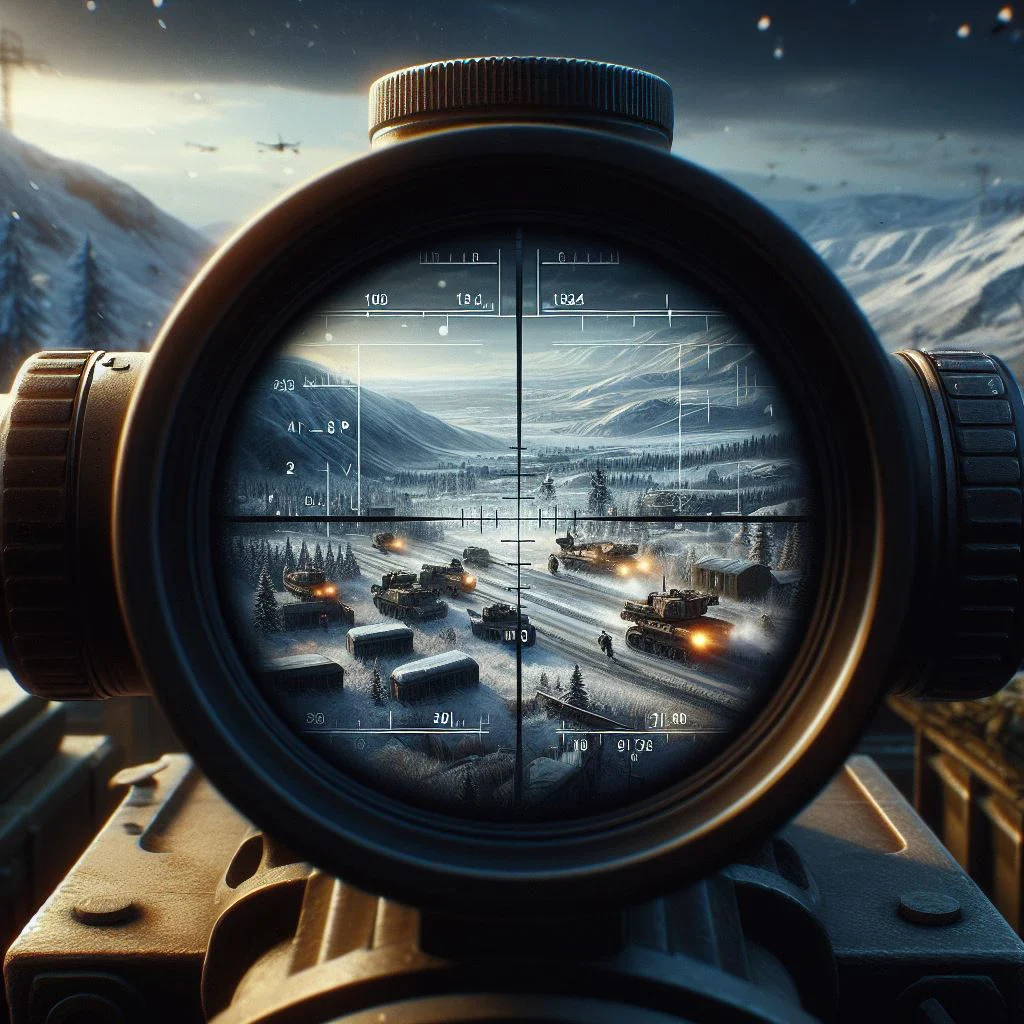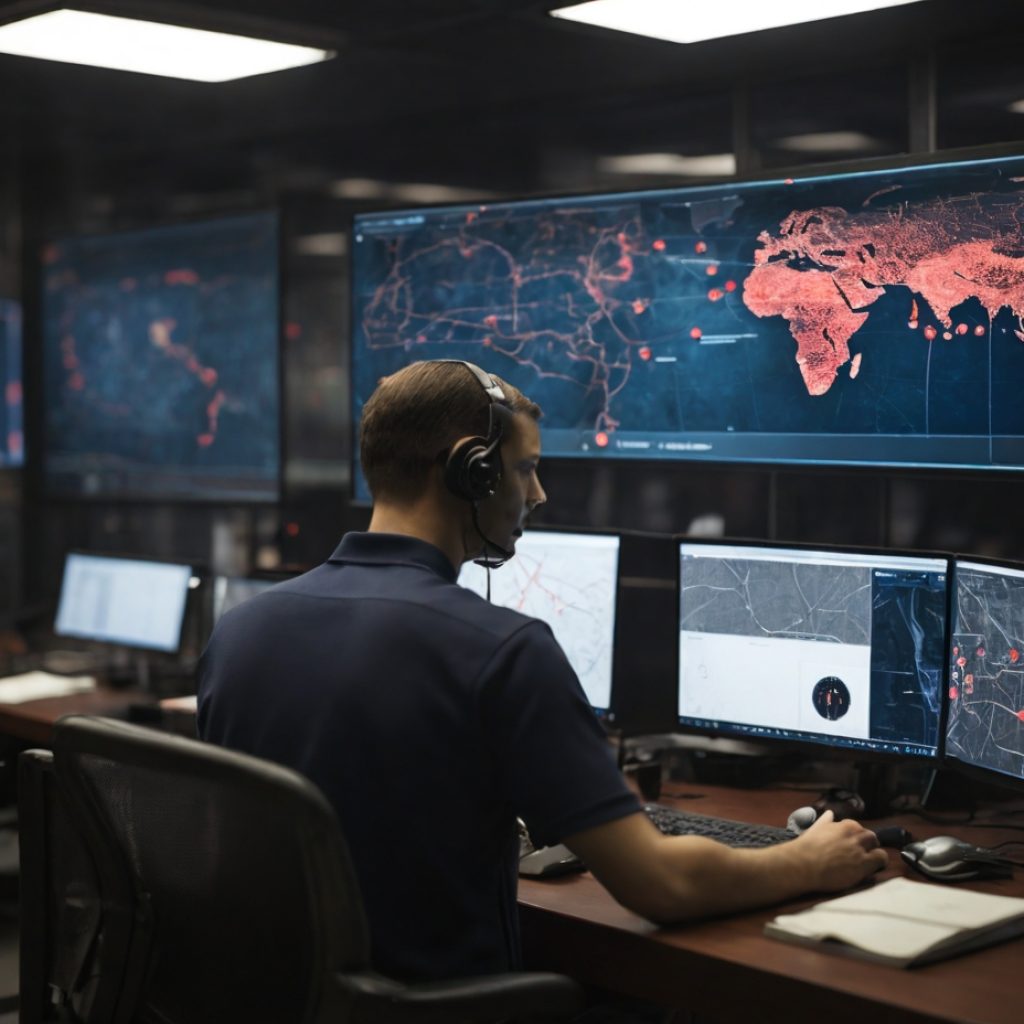In a groundbreaking legal development, a class action lawsuit titled Andersen v. Stability AI has ignited a heated debate over the intersection of artificial intelligence (AI) and copyright infringement. Three artists have come together to challenge the actions of AI products that generate images, accusing them of both copying and pilfering copyrighted material.
This lawsuit brings to the forefront essential questions surrounding intellectual property rights in the age of AI, and the outcome could have far-reaching implications for the rapidly evolving AI landscape. To shed light on this pivotal case, we turn to Randy McCarthy, a seasoned intellectual property attorney with a wealth of knowledge on AI’s impact on copyrights, trademarks, and patents.
Crucial questions in copyright
Randy McCarthy, a registered U.S. patent attorney and partner at the esteemed national law firm Hall Estill, has been closely monitoring the Andersen v. Stability AI case. McCarthy’s expertise in the field of intellectual property law prosecution, litigation, and counseling uniquely positions him to offer valuable insights into the unfolding legal battle.
McCarthy stresses the legal significance of the case, underlining that the class action lawsuit introduces crucial questions that require resolution concerning the rights of artists and other content creators when confronted with AI systems. He emphasizes that the ultimate judgment in this case has the potential to become a groundbreaking legal precedent, exerting a lasting influence on the AI industry’s trajectory in the years ahead.
Delving into the case’s intricacies, McCarthy highlights that the complainants are asserting direct copyright infringement by the Stability AI system. They contend that this infringement has occurred from two distinct perspectives: one related to the utilization of training data and the other concerning the internal algorithm employed by the AI system.
Expanding on the core inquiries posed by the case, McCarthy clarifies that they encompass several essential aspects. These encompass the extent to which copyrighted material can be employed as training data for AI systems without obtaining permission. Also, the case delves into the question of whether it is permissible to incorporate copyrighted material into the AI algorithm itself without prior authorization, or if such integration constitutes a legally acceptable transformation. Also, the case calls into question the role of substantial similarity in assessing AI-generated content for potential infringement.
According to McCarthy, it appears improbable that the case will be summarily dismissed, as the Federal Judge is presently deliberating a motion to dismiss submitted by the defendants. McCarthy anticipates that the Judge will probably decline the defendants’ motion and instead demand additional pleadings from the plaintiffs. Currently, the plaintiffs are asserting direct infringement of the works, as opposed to emphasizing the substantial similarity of the output AI product, which has historically been the conventional route for establishing copyright infringement.
AI and copyright in the bigger picture
McCarthy draws attention to another ongoing case, Getty Images (US), Inc. v. Stability AI, which was also filed earlier this year in Delaware. McCarthy observes that the Getty Images (US), Inc. v. Stability AI case primarily focuses on the substantial similarity of the output images, encompassing concerns such as the inappropriate inclusion of Getty Images watermarks. He points out that these two cases, including Andersen v. Stability AI, collectively address the majority of the pertinent issues, making them both cases of significant interest and importance in the ongoing copyright debate.
As the legal battle over AI-generated content and copyright infringement unfolds, the AI industry, content creators, and legal experts are closely monitoring these cases. The verdicts in Andersen vs. Stability AI and Getty Images (US), Inc. vs. Stability AI are poised to set critical precedents in defining the boundaries of intellectual property rights in the ever-evolving realm of artificial intelligence. The legal outcomes in these cases will undoubtedly shape the future landscape of AI technology, leaving an indelible mark on the interplay between creativity and automation.





